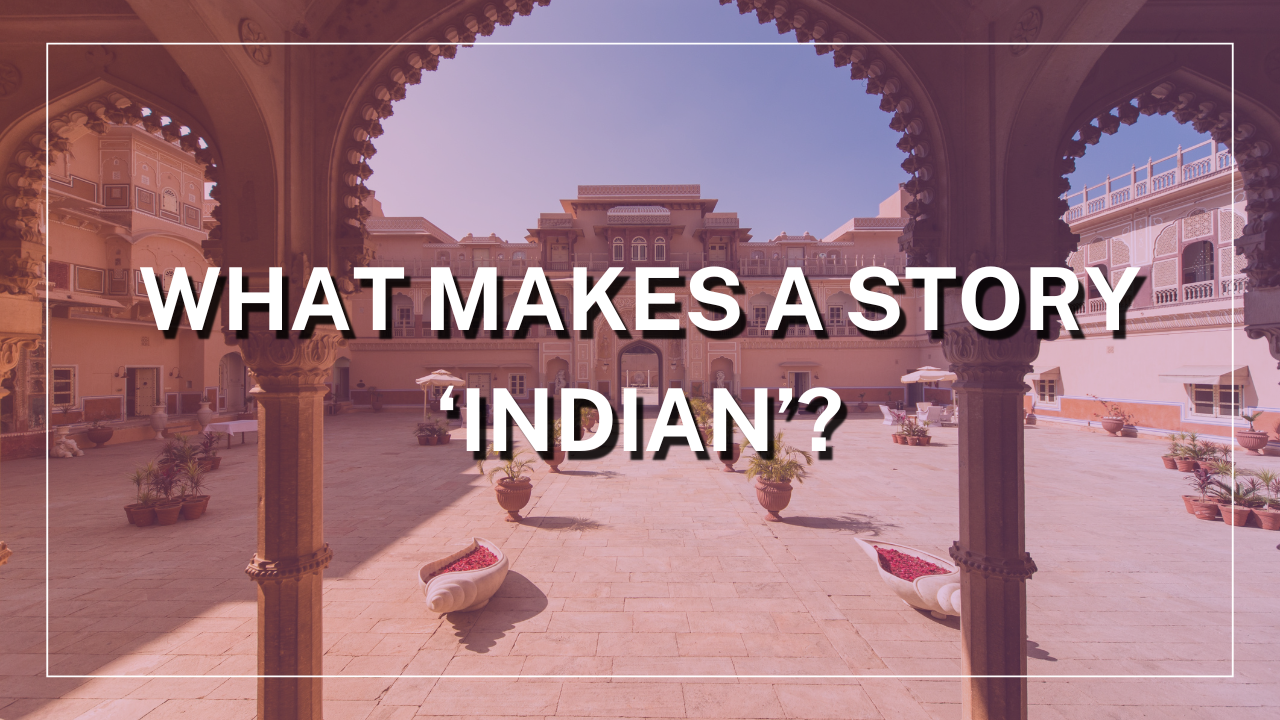As we celebrate Independence Day, it’s the perfect moment to pause and ask: What makes a story truly Indian? Is it the language? The cultural setting? Or is it something deeper, something emotional and intangible that lingers between the lines? Let’s explore.
Language: A Marker, Not a Must
For many, the instinctive answer is language. Hindi, Tamil, Bengali, Marathi, these tongues carry the rhythm of everyday Indian life. But what about English? Can a novel written in English still be Indian?
Absolutely.
Authors like Jhumpa Lahiri, Arundhati Roy, and Chetan Bhagat have proven that you don’t have to write in a regional language to reflect Indian identity. English, with its Indianised idioms and Hinglish infusions, has become just another tool to capture our complex realities.
“He’s my cousin-brother.” “I’ll prep for the UPSC.” “Go touch Dadi’s feet.” These phrases aren’t “grammatically correct,” but they’re unmistakably Indian in tone. So yes, language can signal identity—but it isn’t the only factor.
Culture: The Setting that Grounds Us
Think of sarson ke khet, joint families, wedding chaos, caste hierarchies, or the chai-samosa rain scenes we’ve all grown up watching or reading about. Indian culture — rich, messy, diverse — is a natural anchor for storytelling.
Cultural markers help us recognize the world as ours. The small-town girl defying norms. The inter-faith lovers. The festival that brings a family together. The nosy aunty next door.
But here’s the thing: using Indian settings or cultural tropes doesn’t automatically make a story feel Indian. A wedding scene might look Indian but feel emotionally flat. That’s where emotion enters.
Emotion: The True Soul of a Story
At the heart of every memorable Indian story is emotion, loud, layered, and unapologetically raw. Whether it’s the heartbreak of partition, the struggle for parental approval, or the pain of leaving home, Indian stories often revolve around relationships and duties.
Our stories are often about us—families, bonds, traditions, rebellion, and the tension between old and new. And it’s this emotional intensity that makes a story feel Indian, regardless of the setting or language.
That’s why a diasporic novel like The Namesake feels as Indian as a Hindi soap. Because the characters are torn between expectations and independence, between roots and wings.
So, What’s the Answer?
A truly Indian story doesn’t have to check boxes for language or rituals. It just has to feel like home—or like the home we’re constantly negotiating with. It’s about the emotional truth that comes from being Indian, wherever you are.

